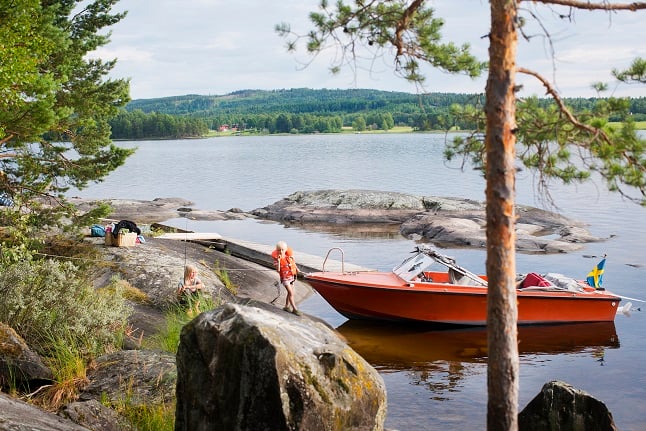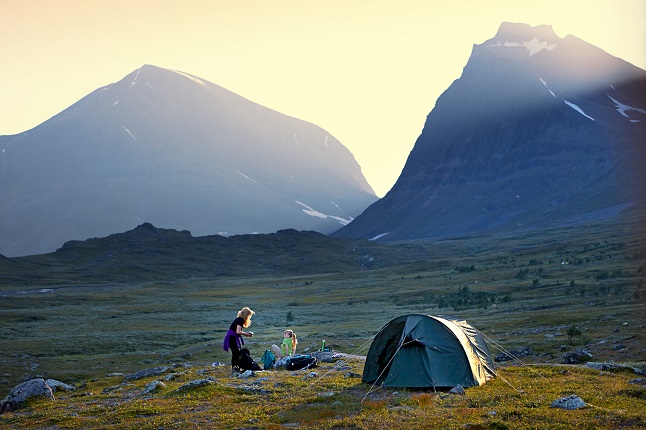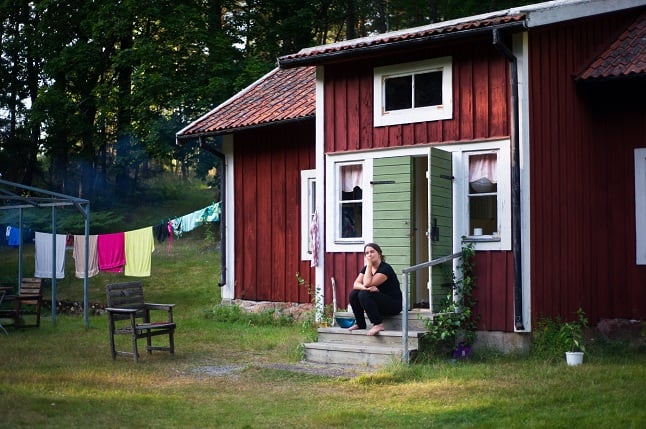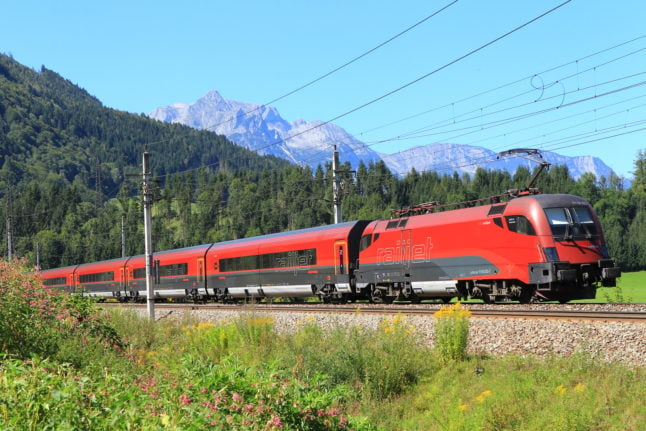It's still hard to say what kind of travel will be possible this summer, and that will depend on the development of the virus and restrictions in place both in Sweden and overseas.
Sweden's Foreign Ministry currently advises against all non-essential overseas travel until June 15th, and that time period could be extended. In fact, Prime Minister Stefan Löfven has said that we should assume it will be, and Public Health Agency officials have also said overseas holidays are unlikely this summer.
If you do take the gamble and book an overseas trip, some travel operators such as Ving and Apollo and airlines SAS and Norwegian are offering increased booking flexibility while the situation remains uncertain, so check the terms and conditions closely.
Domestic travel is more likely to be possible, but even that's not a certainty.
There are currently no legally enforced restrictions on travel between Sweden's regions, but official guidelines warn against non-essential travel within the country.
Another important factor is that different regions are currently at different points in the infection curve. Authorities want to keep it that way for as long as possible for several reasons, including because this allows for resources and staff to be better streamlined if regions reach their peak at different times, and increased domestic travel could accelerate the spread of infection.
Asked by the TT newswire what would be needed for domestic travel to be feasible in summer, state epidemiologist Anders Tegnell said: “From the perspective of the Public Health Authority, [the requirement] is that we have a fairly even spread of infection throughout the country, so we do not spread the infection from those parts that have high infection to those that have less. We are starting to see signs that things are slowing down in Stockholm and are starting to move in several of the larger regions.”
He added that another factor to consider is whether travel would increase the burden on regional healthcare. This is especially important for travel to and from different regions, and above all if you're travelling to a rural, more sparsely populated region. Healthcare capacity tends to be based on the number of year-round residents and so could come under heavy strain in rural areas.
So with those caveats in mind, what can we expect this summer?

Photo: Johan Willner/imagebank.sweden.se
Staycations
Several municipalities are investing in campaigns inviting locals to explore their own neighbourhoods rather than travelling to other parts of the country.
“It's likely that people will be at home a lot this summer, so we are showcasing what you can do at home in Kungsbacka,” said Kungsbacka's economic head Elinor Filipsson.
In Lekeberg, Örebro, a similar strategy is in place. “We have put together a map which we're calling hemester (staycation in Swedish) which we are distributing here and in nearby municipalities,” said Lekeberg's economic coordinator Maria Comstedt.
-
The eight rules you need to follow when exploring Swedish nature
- 15 movies that will help you discover Sweden without leaving your couch
Hiking holidays
The Swedish Tourist Association (Svenska Turistföreningen) plans to open its mountain resorts from mid-June, but has made adjustments due to the virus outbreak.
The company owns 44 cabins along hiking trails in northern Sweden, all of which will open in mid-June except those in the Kvikkjokk stretch (Sitojaure, Aktse, Pårte), set to open in early July.
Usually, it is possible to simply turn up at these cabins for a place to stay along a hike, but this year all visitors will have to book and pay for their stay ahead of time, in order to manage numbers. That's partly because of an expected increase in domestic holidaymakers, and partly to ensure some level of distancing is possible among visitors. Only travellers from within the same group will be able to share rooms.
Use of the kitchens will also be restricted, so that camping guests can only use them within certain hours, leaving them free for people staying in cabins the rest of the time, and guests will be asked to use the kitchen only for cooking and not socialising or resting.
The company will also reduce the number of guided tours on offer, cancelling all multi-day group trips and giving extra options for self-guided exploration.

Photo: Tomas Utsi/imagebank.sweden.se
What about summer cottages?
Many people in Sweden have access to a summer cabin or sommarstuga, either through friends or family, and it's also possible to rent these kinds of properties.
If you've been thinking that escaping to a secluded cabin could be a good way to enjoy the summer, you're not alone. A Kantar Sifo survey carried out for classifieds site Blocket showed that searches for available holiday homes over the summer more than doubled in April compared to the previous year.
Stugknuten and Novasol, two companies that rent out holiday accommodation, has seen a sharp rise in people in Sweden booking their properties for the summer, with traffic to Stugknuten rising 50 percent compared to last year, and Swedes making up most of the bookings.
Stugsommar, another tourism company, has seen overseas guests cancel or reschedule their trips while more Swedes have expressed an interest — including some who are looking to get away within their own neighbourhood.
“Many seem to be thinking that you shouldn't travel too far. If you live in Stockholm, maybe you don't rent a cabin on the West Coast, maybe you go out into the Stockholm archipelago,” said Ema Enderlein Fall at Stugsommar.



 Please whitelist us to continue reading.
Please whitelist us to continue reading.
We were planning to move to another European country when this hit. Does anyone have information about one way travel inside Europe. TBH, I am a bit scared about travelling with Swedish license plates. I don’t think Swedes have a very good reputation in the world at the moment vis-a-vis covid-19.